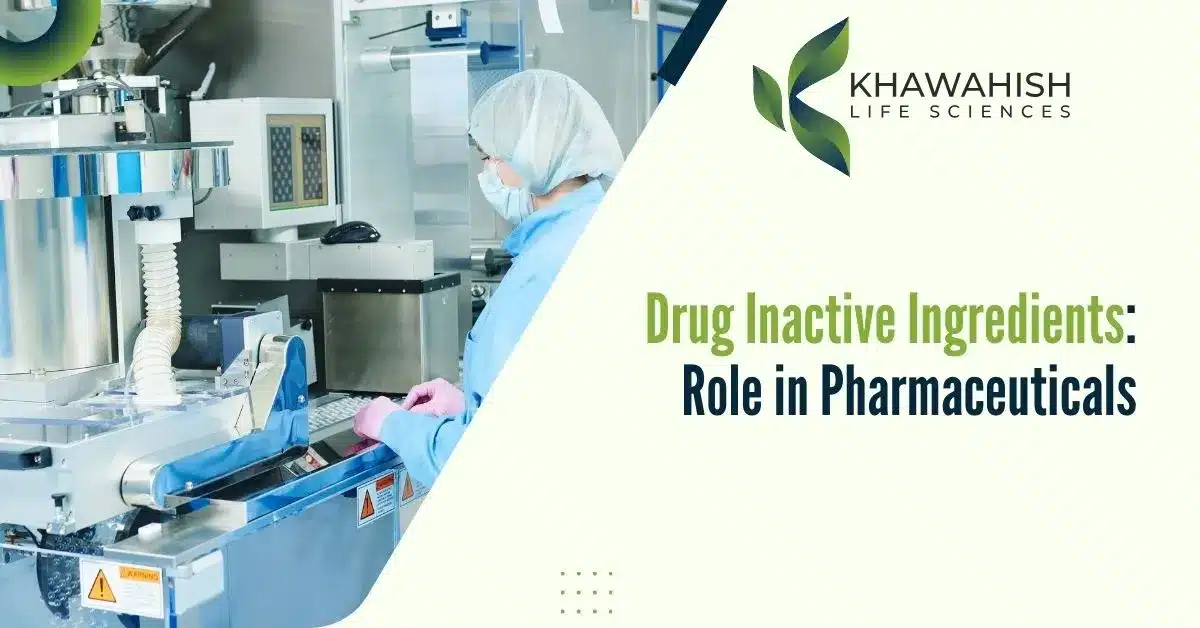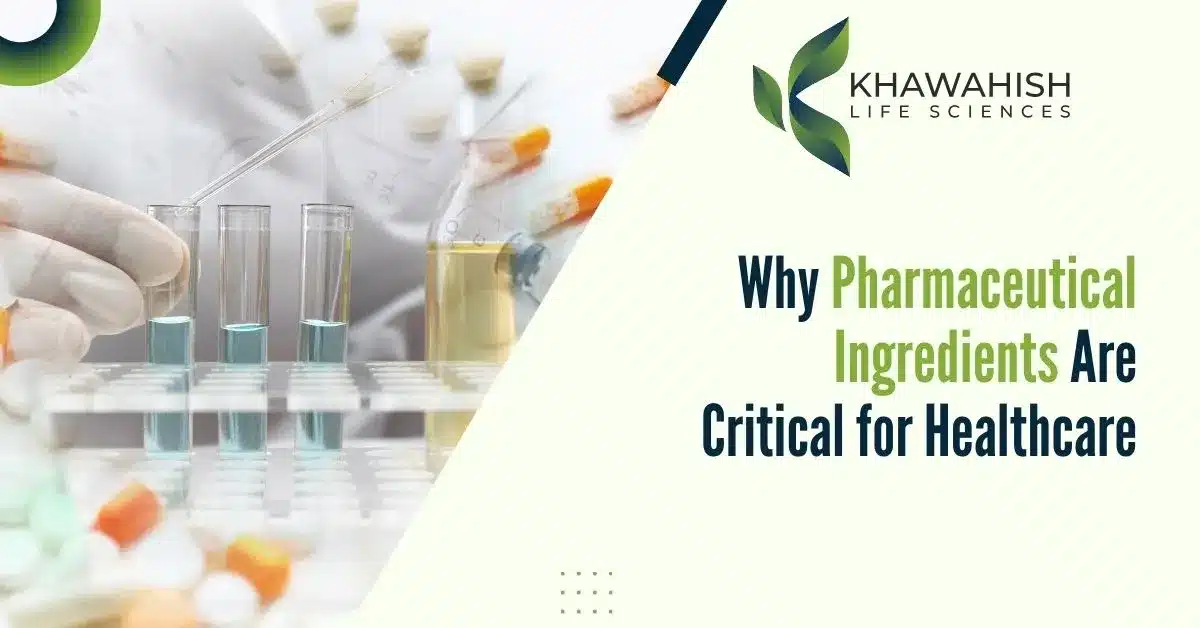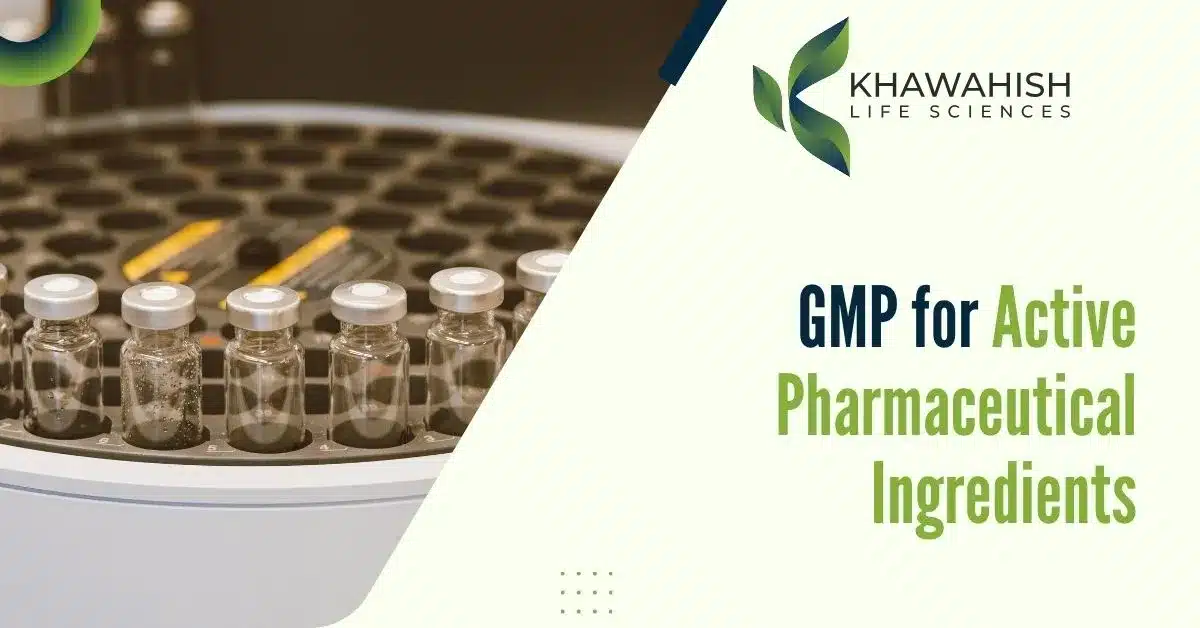
Drug inactive ingredients are essential components in the pharmaceutical industry, contributing significantly to the drug’s effectiveness, stability, and usability. Although they do not have therapeutic effects, these substances ensure the quality and functionality of medications.
What Does Inactive Ingredients Mean?
Inactive ingredients, also known as excipients, are substances included in drug formulations that support the active ingredient. While they do not directly treat or prevent diseases, they serve several essential purposes, such as:
- Enhancing the taste or appearance of the drug.
- Ensuring the drug’s stability over time.
- Aiding in the absorption and delivery of the active ingredient.
Examples of Inactive Ingredients
Here are some common inactive ingredients and their roles:
| Inactive Ingredient | Purpose |
| Lactose | Acts as a filler in tablets and capsules. |
| Gelatin | Used to make capsule shells. |
| Magnesium Stearate | Prevents clumping of ingredients. |
| Artificial Colors | Improves the drug’s visual appeal. |
| Sweeteners | Enhances the taste of liquid medications. |
Do Inactive Ingredients Matter?
Yes, they do! Inactive ingredients are carefully selected to ensure the drug’s overall quality and user experience. Without these ingredients, many medications would be unstable, unpalatable, or ineffective.
How Inactive Ingredients Affect People
For most individuals, inactive ingredients are harmless. However, they can pose issues for people with specific sensitivities or allergies. Common reactions include:
- Allergic Responses: Certain ingredients, like lactose or gluten, may trigger allergies in sensitive individuals.
- Side Effects: Sweeteners or preservatives might cause mild discomfort in rare cases.
Tips to Minimize Risks:
- Check the label for known allergens.
- Consult your pharmacist if unsure about an ingredient.
How to Choose a Medicine
Selecting the right medicine involves more than just considering the active ingredient. Here are some practical steps:
- Read the Label: Look for inactive ingredients, especially if you have allergies.
- Ask Your Doctor: Get recommendations tailored to your medical history.
- Opt for Alternatives: Choose formulations without harmful excipients, such as sugar-free or gluten-free options.
Key Points to Remember:
- Not all drugs with similar active ingredients have the same inactive ingredients.
- Generic drugs may use different excipients compared to branded versions.
Frequently Asked Questions
What is the purpose of inactive ingredients in drugs?
Inactive ingredients enhance stability, usability, and absorption of the drug without therapeutic effects.
What is the role of ingredients in the pharmaceutical industry?
Ingredients ensure drug safety, stability, efficacy, and appeal, aiding in formulation and patient compliance.
What is the purpose of inactive ingredients in aspirin?
Inactive ingredients in aspirin improve shelf life, taste, and delivery, ensuring the tablet’s integrity and effectiveness.
What are inactive ingredients in excipients?
Inactive ingredients, or excipients, are non-therapeutic substances that support drug formulation and stability.
Conclusion
Drug inactive ingredients are vital for ensuring the stability, usability, and overall effectiveness of medications. By understanding how these substances work and their potential impact, you can make informed choices. Always consult healthcare professionals when selecting medicines, especially if you have specific sensitivities. Staying informed helps ensure better health outcomes and minimizes unnecessary risks.


